Zero Waste Blog
Plastic Straws – 3 Reasons Why They Should Be Banned
The last time you ordered drink at a restaurant, did it come with plastic straws?
In recent years, concern has mounted over the increasing quantities of single-use plastic items that are becoming part of our everyday lives. One of these items is the plastic drinking straw, billions of which are given out in cafés and restaurants, or as part of takeaway meals, every year. In the US, an estimated 500 million single-use plastic straws are used each day, while in Europe the figure stands at 25.3 billion in a year.
Table of Contents
I. Why plastic straws are being banned
1. They are not biodegradable and recyclable
The first problem is that unlike natural materials such as paper, wood, or cotton, the polypropylene used to manufacture most single-use plastic straws is not biodegradable. This is a key factor affecting the environmental impact of plastic straws on marine life and our oceans. This means that once plastic straws go to landfill, small organisms such as insects or bacteria can’t break them down by consuming them.
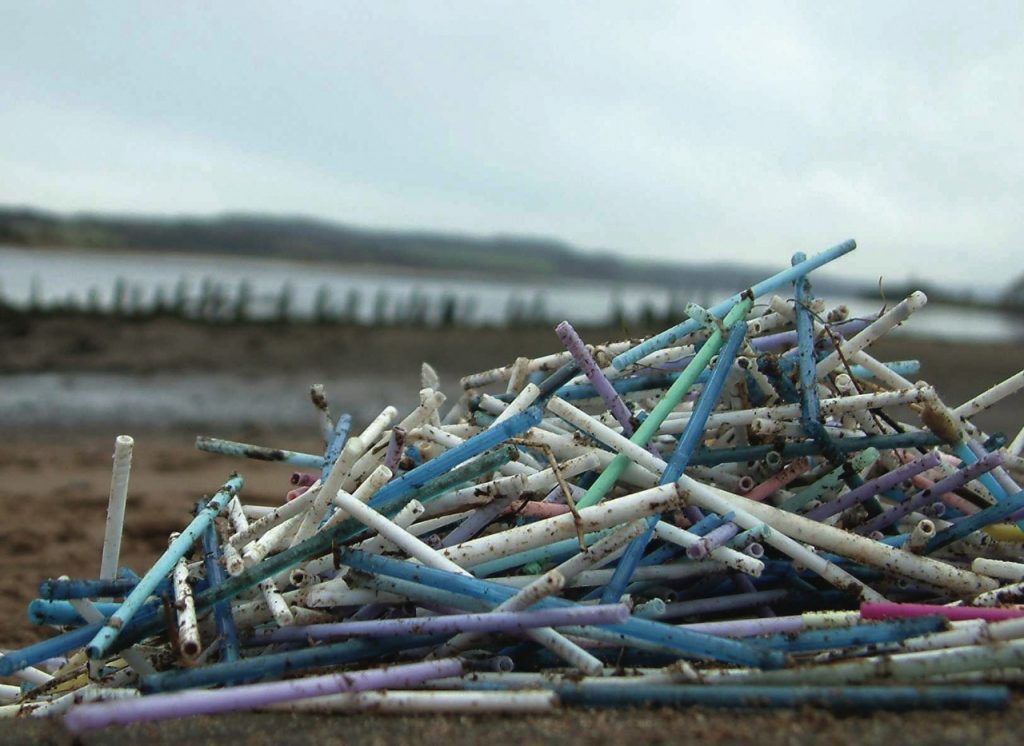
In additional, they are not recyclable. Most plastic straws are too lightweight to make it through the mechanical recycling sorter. They drop through sorting screens and mix with other materials and are too small to separate, contaminating recycling loads or getting disposed as garbage. Moreover, polypropylene plastic straws are categorised as a type 5 plastic, which is even less commonly recycled.
Instead, what happens is that the straws will simply degrade, gradually disintegrating into smaller and smaller particles – known as microplastics – over a period of up to 200 years. As the plastic degrades, it also exudes harmful chemicals such as bisphenol A (BPA), that have been linked to environmental pollution and health problems.
2. They are polluting our ocean
Australian scientists Denise Hardesty and Chris Wilcox estimate, using trash collected on U.S. coastlines during cleanups over five years, that there are nearly 7.5 million straws lying around America’s shorelines. They figure that means 437 million to 8.3 billion plastic straws are on the entire world’s coastlines.
Straws are particularly prone to ending up in our waterways, and ultimately the oceans, due to beach littering, wind that transports the lightweight objects from trash cans and trash collection facilities, and barges, boats, and aquatic transport vehicles.
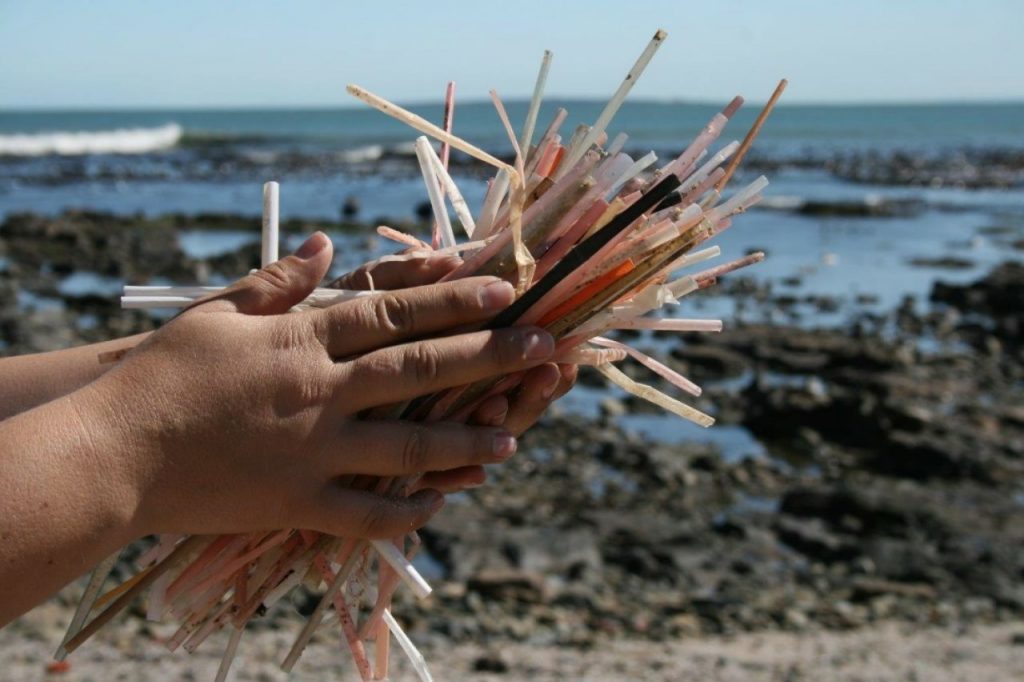
They constitute a significant part of beach litter, with one large-scale beach litter pick identifying straws as the seventh most collected item. Because plastic straws are small and light, they are regularly blown out of rubbish bins, refuse vehicles, and landfill sites by the wind. They can then quickly find their way to watercourses and be washed into the sea. Most plastic straws simply break into ever-smaller particles, releasing chemicals into the soil, air, and water that are harmful to animals, plants, people, and the environment.
3. They are killing marine animals
In fact, the global backlash against plastic straws likely started after researchers off the coast of Costa Rica shared a viral video of a sea turtle with a plastic straw stuck up its nose. According to the researchers, the turtle likely mistook the straw for food and swallowed it. Then, the straw got stuck in the turtle’s nose after she/he tried to cough the straw back out. That turtle basically became the poster turtle of the movement to encourage more and more people to use non-plastic straws.
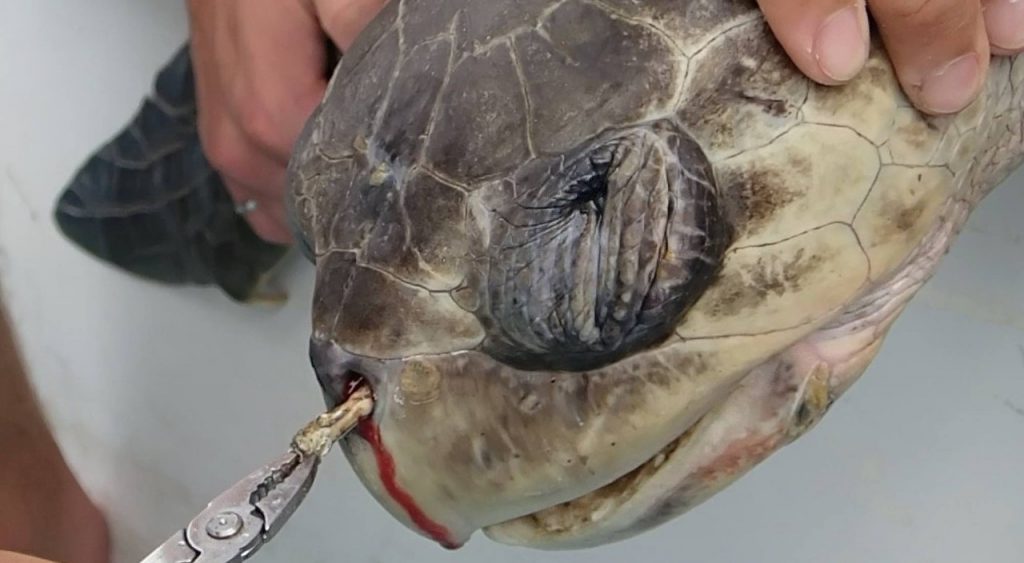
It is projected that by 2050, 99% of all sea bird species will have ingested plastic. Mortality rate can be “up to” 50%. And, already, research has shown plastic in sea salt, 94% of U.S. tap water, and shellfish.
Of course, it’s pretty hard for many species of marine life to swallow a straw. It does, however, happen sometimes especially with the small straws on cardboard drinks containers. Larger plastics tend to disproportionately affect Sea Turtles and Seabirds. Because these animals do in fact mistake these items for food.
When plastic does make it into the ocean it breaks down into smaller and smaller pieces known as “microplastics” rather than biodegrading or dissolving, which poses great threats to marine life. They persist in the Oceans until some poor marine animal swallows them. They are almost microscopic particles and hard to discern from normal food in the marine environment. Ingested plastics can then stay in the gut of the fish or animal that has swallowed them until passed at death. Scarily they don’t degrade entirely ever. Marine animals with plastic in their guts can then also be eaten by other creatures on the food chain passing the problem from one animal to another.
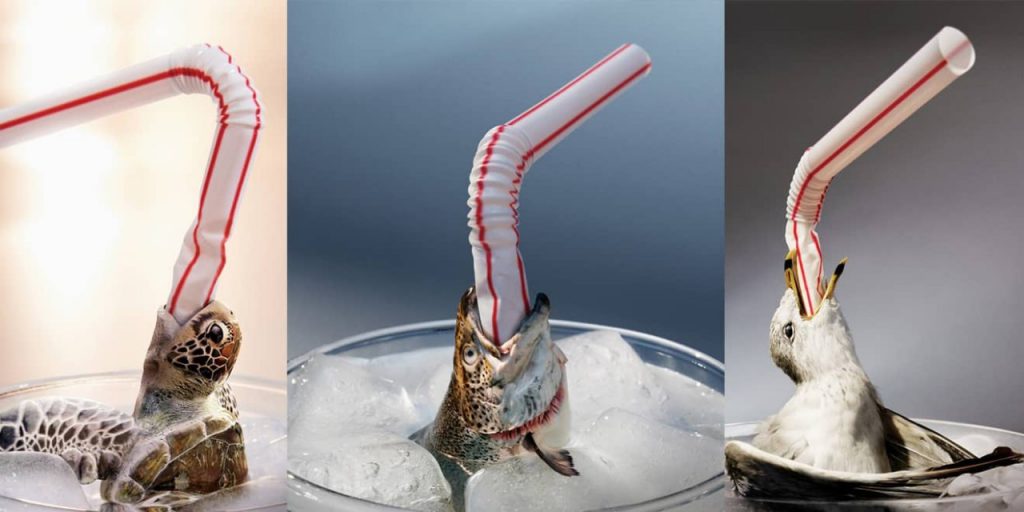
As discussed above, plastic straws degrade into smaller particles over time and this makes them even easier for fish to swallow. In this way, plastic is actually entering the food chain and may, ultimately, be consumed by humans too. More research is needed to establish how many people have these microplastics in their bodies, and whether this could have deeper health implications.
II. How to cut down on them
Across the world, countries and states are taking action to ban or limit single-use plastics and clean up our environment. In the USA, California, Oregon, and Hawaii have plastic bans in place (at the time of writing), while the European Union has set a deadline of 2021 to ban single-use plastics.
Every single-use plastic straw we save from entering our oceans is an improvement on the status quo. Also by asking for non-plastic straws when eating out, you can make a small a simple step in the right direction. This, in turn, reduces the need for restaurants to stock plastic straws in the first place and at best stop serving them by default.
If you or a loved one is required to use a straw for medical purposes, or if you just prefer to consume your beverages with straws, there are many non-plastic straw options available. Simply replacing cheap and disposable plastic straws with reusable stainless steel, glass, or biodegradable paper alternatives is an easy way to cut down on plastic pollution. And we, Zero Waste Initiative, created these Folding Reusable Zero Waste Straws to be endlessly reusable, keeping single-use plastics straw from entering our oceans and landfills.
Here are why our straws are the best choices for you:
- Safe and Reusable:
+ Made of food-grade & eco-friendly PEVA material, PVC-free, lead-free, chloride-free, BPA-free, no organic or chemical odor
+ Reusable and durable, much better for the environment ditching the plastic disposable reusable portable straw.
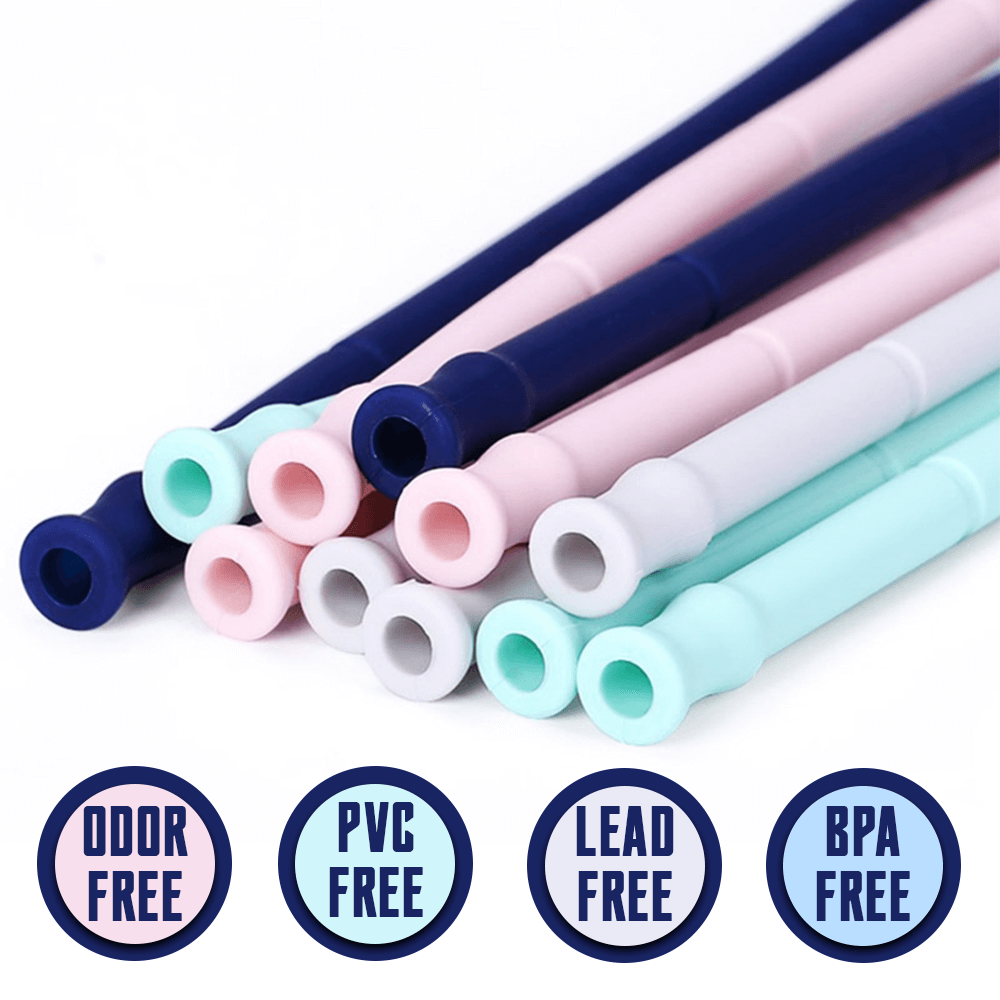
- Collapsible and Easy to clean
+ Come with four packs about 9.8 inch, can be easily to fit into a recycled carry case.
+ Come with silicone straws cleaning brushes, the portable straw brush sit nicely in the center of the straw for easy mobility and cleaning. It is easy to clean and dishwasher safe.
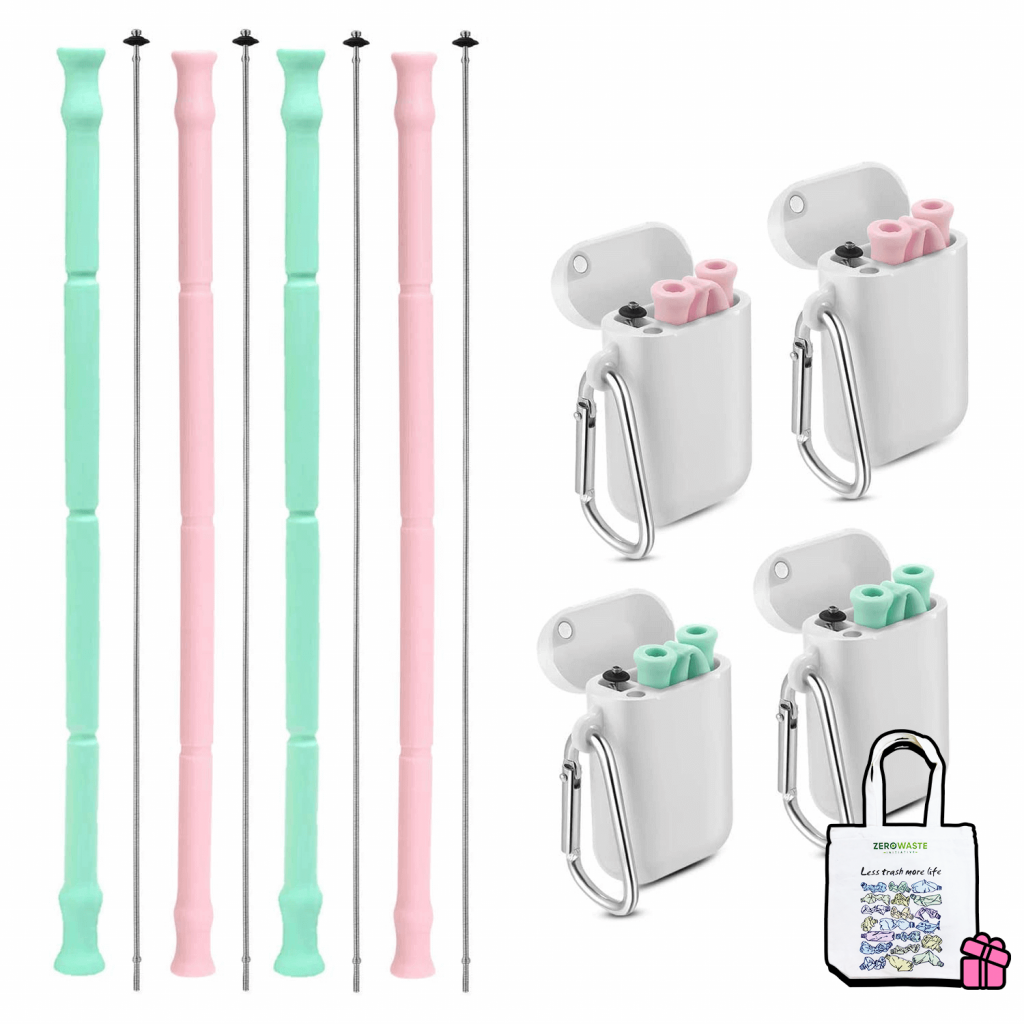
Imagine the impact if we all gave up the habit of single-use plastic straws. So say no to the straw, and help change the future for our environment.
————————————————
The mission of Zero Waste Initiative is reducing the use of disposable plastic bag, providing people with safe, convenient, eco-friendly, recyclable and zero waste products, trying our best to save our planet.
Together we can make a change.
Would you like to join with us?

Would love to incessantly get updated great blog! .
Good website! I truly love how it is easy on my eyes and the data are well written. I am wondering how I might be notified whenever a new post has been made. I’ve subscribed to your RSS which must do the trick! Have a nice day!
Currently it looks like Movable Type is the preferred blogging platform out there right now. (from what I’ve read) Is that what you’re using on your blog?
Great write-up, I am normal visitor of one’s web site, maintain up the nice operate, and It is going to be a regular visitor for a long time.
I used to be suggested this web site via my cousin. I’m not sure whether or not this post is written through him as nobody else recognise such targeted about my difficulty. You’re amazing! Thank you!
I like the valuable information you provide in your articles. I will bookmark your blog and check again here frequently. I am quite certain I’ll learn lots of new stuff right here! Good luck for the next!
Thank you for another informative blog. Where else could I get that type of information written in such a perfect way? I’ve a project that I am just now working on, and I have been on the look out for such info.